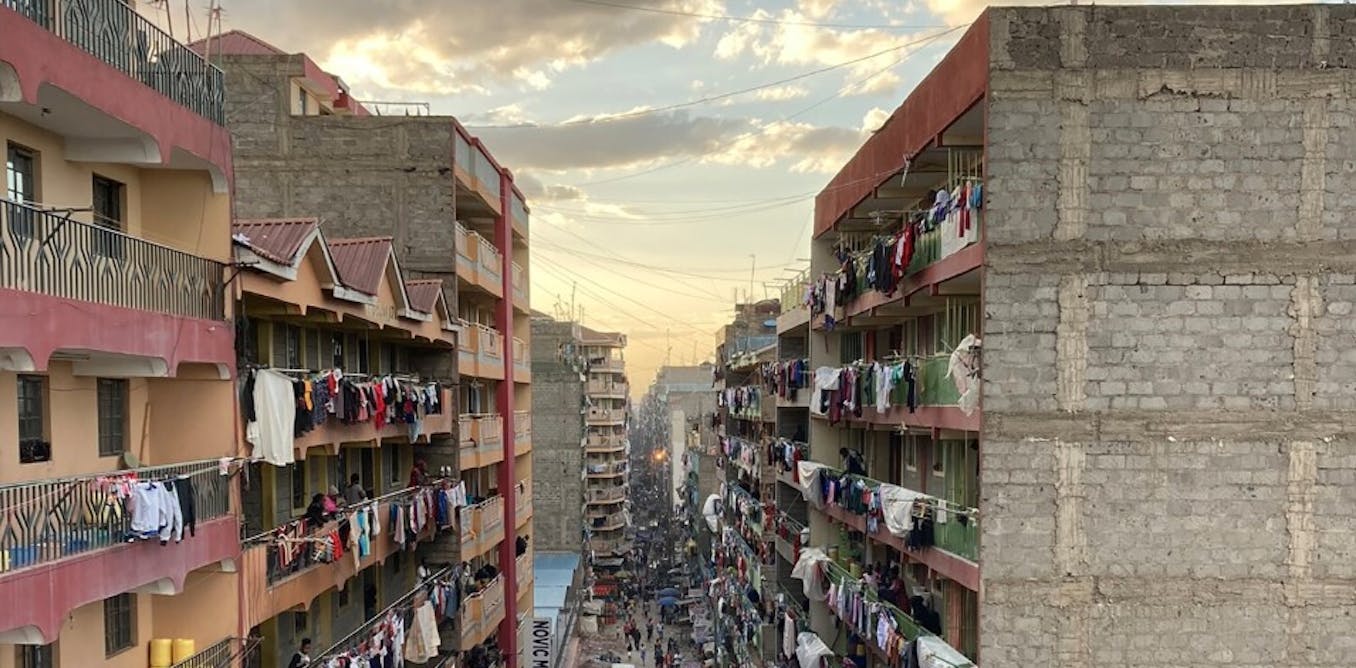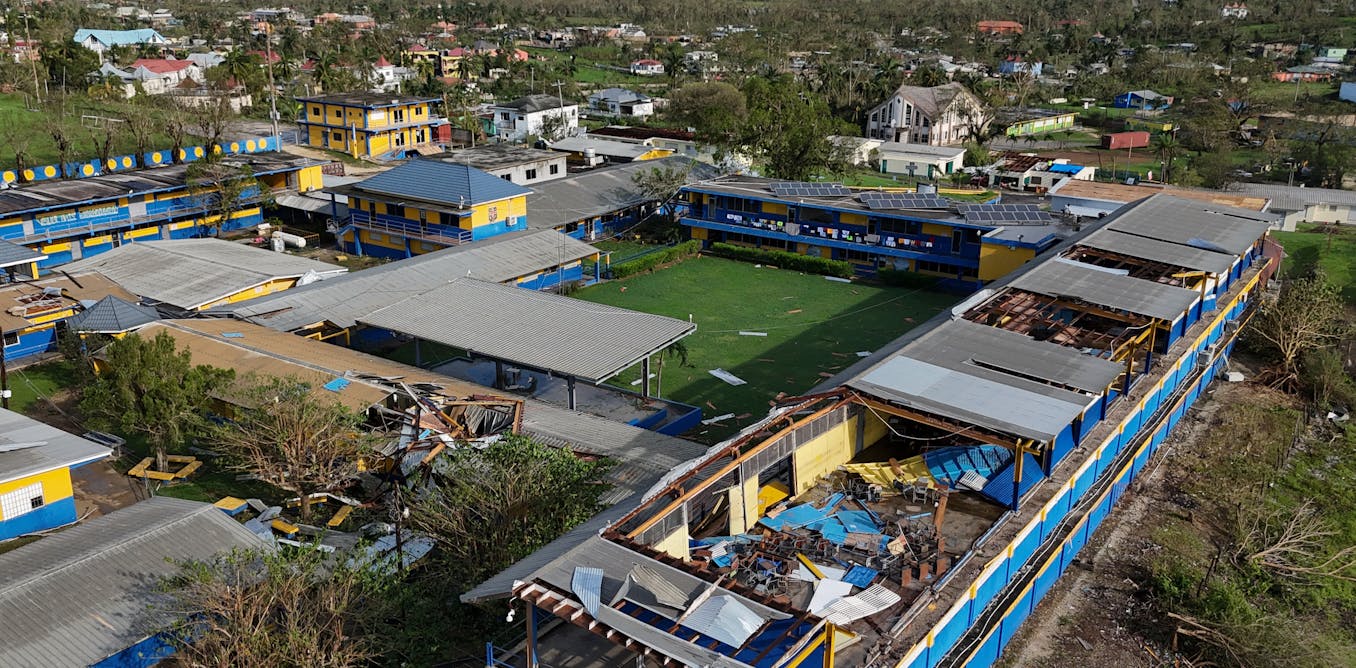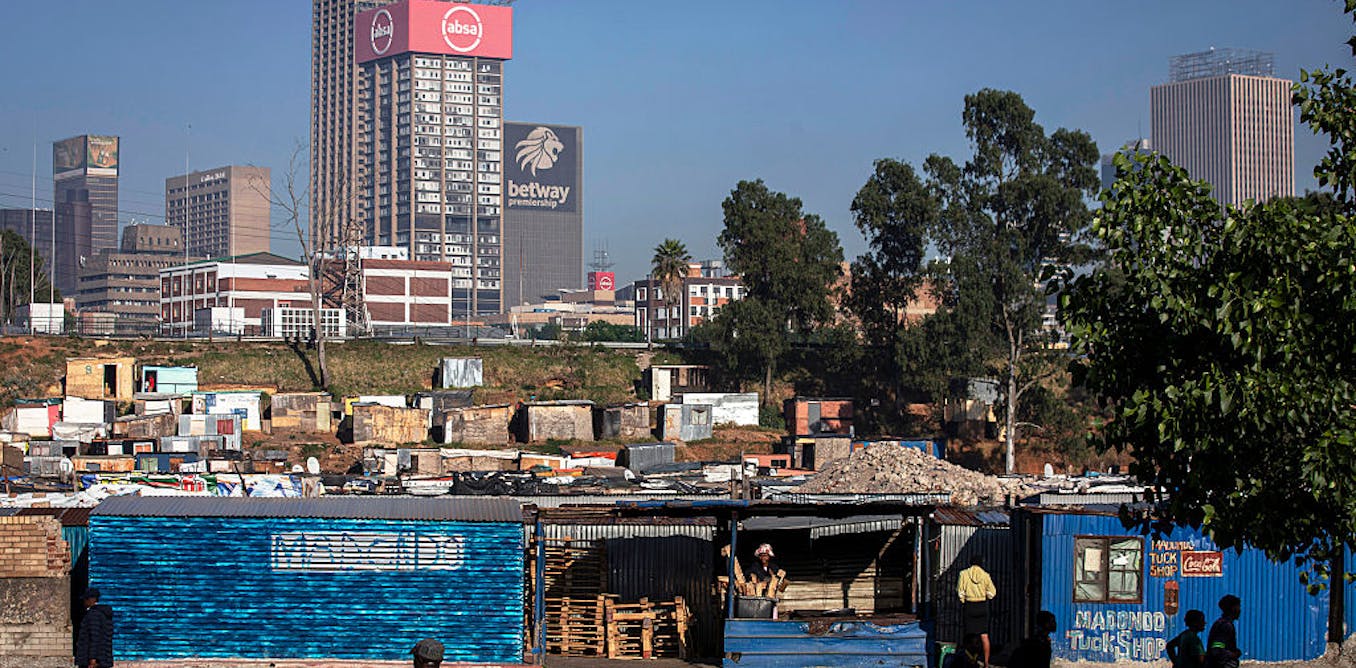Digital nomadism was a niche phenomenon before the pandemic (2019), with around 7.3 million Americans working abroad. In 2024, 18.1 million US citizens identify as digital nomads, a 147 percent increase year over year, according to MBO Partners.
That is the hard data everyone knows. What nobody is discussing is the relentless bombardment of publicity encouraging Americans to leave the country for friendlier lands money-wise.
Nowadays, it’s easy to spot an army of TikTokers, Instagrammers, and YouTubers making millions by promoting the “infinite” benefits of a nomadic lifestyle.
In this regard, even the US government has released step-by-step guidelines for retirees to learn how to live abroad while retaining monetary benefits.
So, digital nomads, remote workers, freelancers and retirees have been promised open doors worldwide because—in theory—they bring prosperity around the world.
However, data show the opposite: Americans have been massively blamed for altering the economic dynamics of the cities that host them, driving up rentals, messing up with inflation and most importantly, forcing residents out of their homes.
In addition, digital nomads face criticism for their lack of interest in integrating into the local culture and their desire for such cultures to adapt to them (some exceptions have been reported).
For instance, Lake Chapala, Mexico, is home to the largest US immigrant population. There, newcomers live behind tall mechanical doors, separated from the local community, where only English is spoken.
Little is known about them except when they visit local restaurants or use the healthcare system, to which they contribute very little and in many cases, nothing.
Another relevant case: while in the Dominican Republic citizens earn an average of $300 per month, many properties are listed for over $175,000 (in dollars instead of the local currency), obviously catering to international investors. Some returning residents say gentrification on the island is worse than in New York.
Another case of mass gentrification that has gone unnoticed is Panama. Thousands of Americans began leaving Panama City about 12 years ago after gentrifying it to the point it became unaffordable, even for themselves.
Meanwhile, emerging digital nomad destinations like Medellín, Colombia, have started to experience similar effects with the massive arrival of Americans post-pandemic.
But…
Read full article: American Digital Nomads Blamed For Gentrification In Different Countries

The post “American Digital Nomads Blamed For Gentrification In Different Countries” by Viktor Vincej was published on 09/12/2024 by www.travelinglifestyle.net







































Leave a Reply